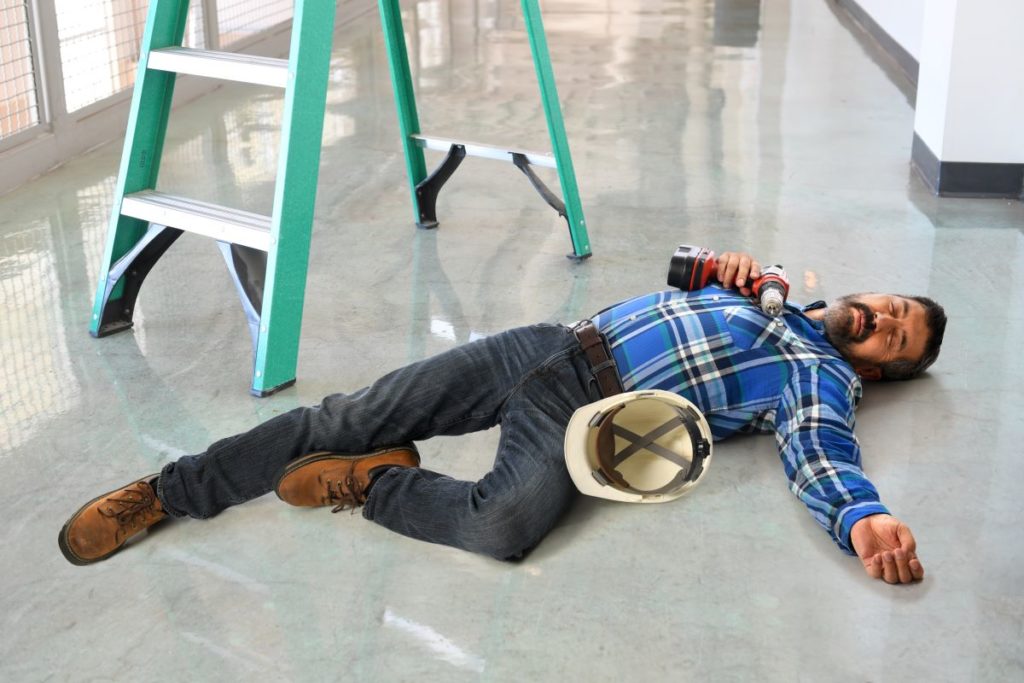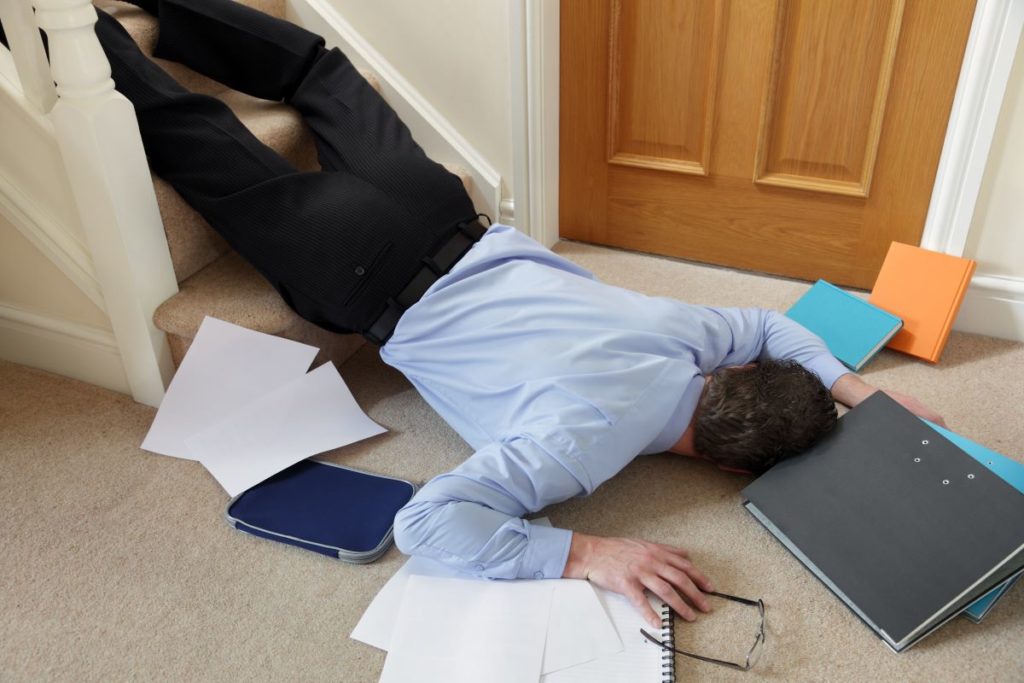Every employee has the right to feel safe within the workplace. Yet, globally, around 2.78 million people die of occupational exposure to hazardous substances, and on-site accidents occur, according to the estimates given by the International Labour Organization. Countless more are exposed to common dangers such as falling objects, inadequate safety equipment, viruses, and bacteria.
It is proof that employers need to do more to ensure the safety of their employees, not just because workplace injuries can hurt the company’s reputation and decrease motivation among workers, but because it is the right thing to do. It is the responsibility of the employer to create a safe working environment for their employees. At the end of the day, they are the ones behind the continuous operation and success of the company.
Here are ways workplace safety can be improved.
Know Thy Workers
Neo Kian Hong, Singapore’s SMRT CEO, is known to be the kind of leader who walks with his subordinates. In one interview, he shared that he makes an effort to visit the staff of the MRT at night to understand what it was like working inside dark tunnels.
This does not come as a surprise. Mr. Hong has also reported to sell his private car and commute to work regularly to get a feel of the public transport system, which he is responsible for.
Being on the ground is a mark of a great leader. Most of the time, bosses make decisions that affect the staff without truly experiencing what happens on-site. It is harder to empathize with the concerns of employees from the comforts of an air-conditioned office.
A leader should be proactive. They should interact with employees across all levels and departments. They should immerse themselves in their work so they can make decisions that will benefit the company without harming employees.
Encourage Breaks
Fatigue is one of the most common causes of injuries in the workplace. People are expected to work for eight hours, sometimes more, which will take a toll on the mind and body.
That is why it is mandatory, at least in most nations around the world, that employees are provided breaks throughout the day. They will use these times to rest, eat and drink, go to the bathroom, etc. It is a way for them to refresh and recharge their energy to continue doing the best they can for the rest of the day.
Maintain a Clutter-Free Workplace
Imagine a worker carrying several heavy boxes slipping and falling because of an object left on the walkway. Injuries happen because of seemingly small mistakes but, one move can do serious harm to another person.
A messy workplace is a hazard. It should be the protocol not to stack boxes on the walkway. Spills should be wiped immediately. Cords should be taped to the wall. These precautions minimize accidents as much as possible.
Be Open to Suggestions
Are the measures that management implements enough to ensure safety at the workplace? Your employees would know.
Leaders should maintain open communication with the rest of the team. They should encourage suggestions and, together, review protocols in place. This way, they would know what works and what should be replaced. Moreover, it allows employees to report hazards so that management can act immediately and appropriately.
Have Regular Equipment Inspections
A malfunctioning machine is a hazard to employees. However, injuries can be averted through cleaning and servicing the equipment regularly. Not only does this prevent accidents, but it also saves the company money by giving this expensive equipment a longer lifespan.
Tools Should Be Used Properly
There should be no hi-jinks allowed around heavy machinery and tools. If not used properly, workplace equipment can lead to serious injuries.
Management should regularly monitor the actions of employees in the workplace and intervene whenever necessary to prevent accidents. Assigning a safety officer that would be present on the floor at all times would also minimize the risks of injuries.
Investigate Accidents
Sometimes, despite efforts to minimize hazards, accidents still happen. In these cases, the best thing that management could do is open an investigation and figure out how the incident happened. These accidents expose vulnerabilities in safety protocols in place. Bosses should take note and create new guidelines if needed.
Emergency Exits Should Be Easily Accessible
All workplaces are required to have emergency exits for earthquakes, fires, flooding, etc. Although not used regularly, it should remain accessible at all times.
Additionally, employees should receive first-aid training so that they can immediately respond in case of an accident.
Improve Air Filtration
Diseases are also workplace hazards. The COVID-19 pandemic revealed how offices and factories create an environment where viruses and bacteria can survive and spread.
The United States’ Center for Disease Control and Prevention (CDC) recommends that workplaces should strive to maintain clean and healthy indoor air quality. This can be achieved through increasing ventilation and improving the air filtration system throughout the building.
Even without COVID-19, other illnesses such as colds and the flu can spread among workers.

Provide Adequate Training
The most important step to ensure workplace safety is to train your employees. Before they enter the floor, they should be given thorough training to minimize mistakes that can potentially lead to accidents. Every time there is new equipment, the team should be given training, too, even if they have been around for a long time.
Employees should know well how to use machinery and tools assigned to them. Otherwise, they might endanger themselves or their colleagues.
The safety of employees should be one of the company’s priorities. The company will be liable if someone gets hurt in the workplace. Moreover, it might lower morale and lead to resignations.





